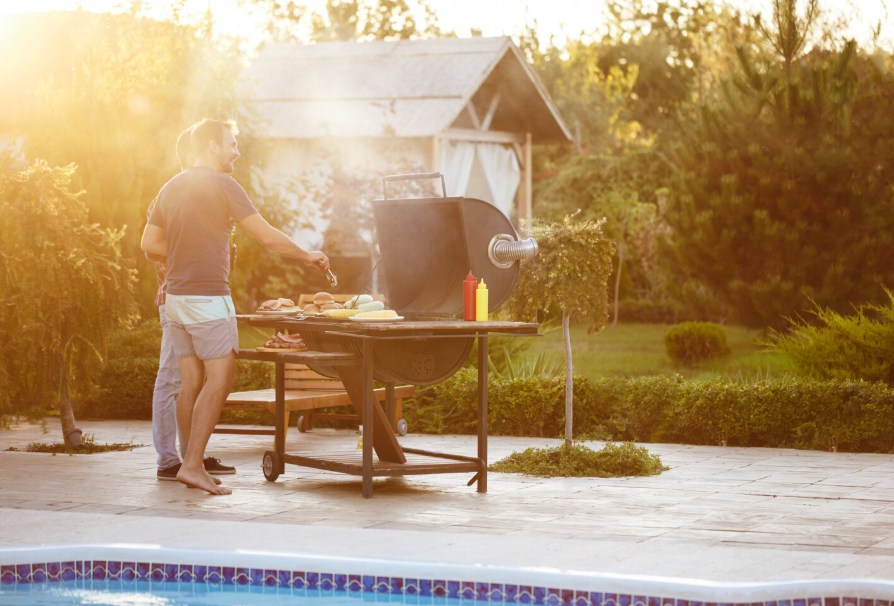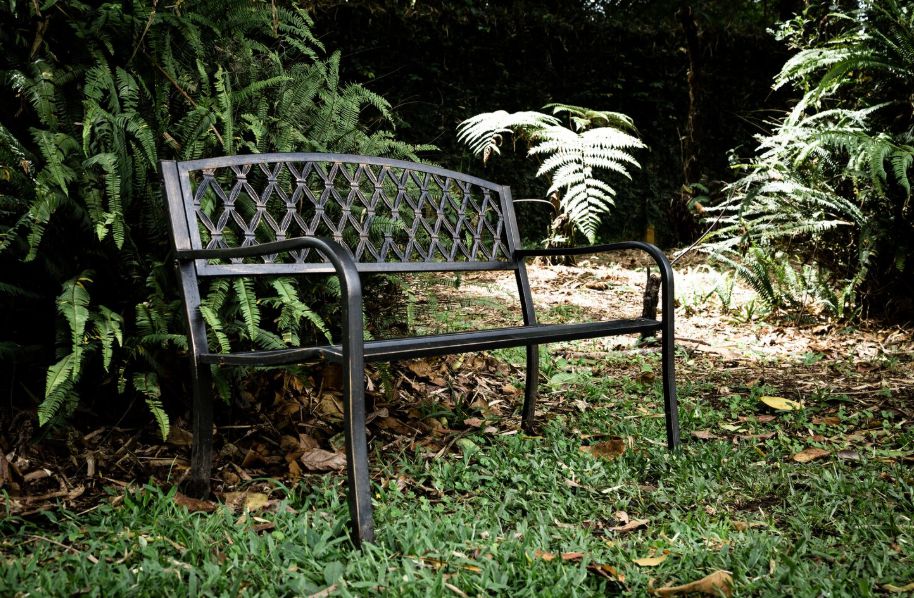How Does a Pop-Up Gazebo Compare to a Traditional Gazebo
Deciding between a pop-up gazebo and a traditional gazebo can feel like choosing between a quick picnic setup or a backyard centerpiece. You want shade, style, and something that fits your lifestyle, whether it’s for a weekend market stall or a permanent garden retreat. A trusted manufacturer like JoyeLeisure makes the choice easier with over 20 years crafting outdoor gear in China. Their team churns out five 40-foot containers daily, from wicker furniture to sturdy gazebos, serving big clients in Europe and North America, including importers and chain stores. They’ve racked up millions yearly with a global retailer, thanks to clever designs, wide variety, solid quality, fast service, and real support that builds lasting bonds.
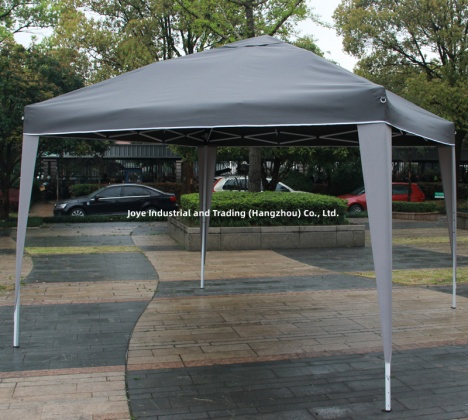
What Defines a Traditional Gazebo?
You might picture a traditional gazebo as the heart of a garden, standing firm through seasons with a solid build. These structures act as lasting shelters, often anchored to a foundation, blending beauty with toughness for patios or open yards.
Permanent Structure Design
Steel frames with solid roofs create elegant, open-sided shelters. They’re built to stay put, adding charm to any outdoor space.
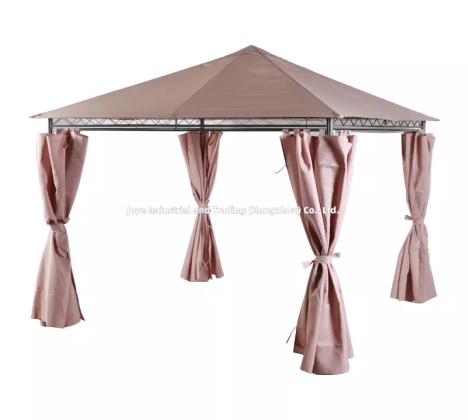
Sturdy Material Choices
Corrosion-resistant steel or alloys hold up against rain and wind. These materials keep the gazebo strong for years, even in tough weather.
Long-Term Outdoor Feature
A fixed gazebo boosts your property’s value. It’s a reliable spot for dining or relaxing, year after year.
What Makes a Pop-Up Gazebo Unique?
If you need shade for a one-day event or a weekend getaway, a pop-up gazebo is your go-to. Its collapsible design makes it a breeze to set up and pack away, perfect for markets, picnics, or temporary shade needs.
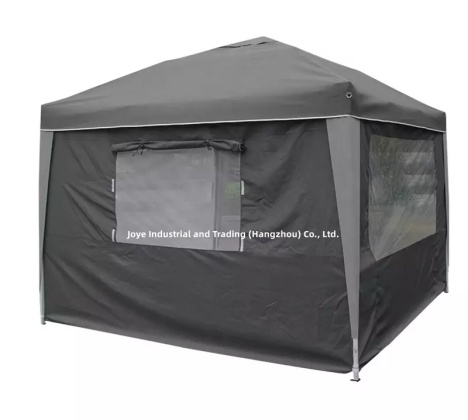
Portable Frame System
Lightweight aluminum frames fold down fast. You can carry and set them up without breaking a sweat.
Flexible Canopy Options
UV-resistant fabrics block sun and light rain. They come in sizes like 3×3 meters, offering quick protection wherever you need it.
Temporary Shelter Solution
Pop-ups shine for short-term use. They’re ideal for outdoor fairs or casual backyard parties, no permanent setup required.
How Do Their Designs Compare?
You’re likely wondering how these gazebos look and function side by side. Traditional models focus on fancy details and staying power, while pop-ups keep things simple and mobile, fitting different spaces and needs.
Traditional Ornate Elements
Intricate side walls and sturdy roofs add a classy touch. Think elegant garden parties or cozy family dinners under a solid canopy.
Pop-Up Compact Build
Sleek, foldable frames save space when stored. They’re practical for small yards or on-the-go events like festivals.
Material Strength Variations
Steel in traditional gazebos offers heavy-duty strength. Pop-ups use lighter alloys for easy handling, balancing durability with portability.
Which Is Easier to Set Up?
Setup time matters when you’re planning an event or just want shade fast. Pop-up gazebos are built for speed, while traditional ones need more effort, often involving tools or a stable base.
Pop-Up Instant Assembly
Expand the frame in minutes, no tools needed. The Easy Pop Up Gazebo snaps into place for instant shade at markets or campsites.
Traditional Foundation Needs
Anchoring requires planning, maybe bolts or a concrete base. It takes longer but ensures a rock-solid setup.
JoyeLeisure Setup Support
Clear manuals and customer service make assembly easier. You get help for both gazebo types, no matter the complexity.
How Durable Are They in Different Weather?
You don’t want your gazebo collapsing in a storm or fading under the sun. Traditional gazebos are built for long-term toughness, while pop-ups handle moderate conditions with proper care, each tested to strict standards.
Traditional Weather Resistance
Steel frames withstand winds up to level 8 and heavy rain. They’re made to last through seasons without rusting or wobbling.
Pop-Up Everyday Toughness
Reinforced canopies resist UV rays and light showers. They hold up for regular use but need anchoring in stronger winds.
Certification Backed Strength
Both meet EN 581 standards for stability and load-bearing. Third-party tests by labs like SGS confirm their weather-ready performance.
What Are the Best Use Cases for Each?
Your lifestyle shapes your gazebo choice—maybe a permanent spot for backyard barbecues or a portable cover for a craft fair. Each type suits specific scenarios, from fixed retreats to flexible event shelters.
Traditional Garden Retreats
Perfect for fixed dining or lounging areas. The Full Steel Garden Gazebo With Side Wall creates a cozy, lasting outdoor haven.
Pop-Up Event Shelters
Great for markets, picnics, or camping trips. They’re quick to set up and pack, fitting short-term shade needs.
Versatile JoyeLeisure Applications
Custom designs work for homes or businesses. You can tailor either gazebo for your specific outdoor plans.
Which Offers Better Value for Your Needs?
You want a gazebo that fits your budget without hidden costs down the road. Comparing upfront prices, upkeep, and longevity helps you decide, with warranties and spares adding extra peace of mind.
Traditional Long-Term Savings
Durable steel reduces replacement needs. A solid gazebo pays off over years of use, especially for permanent setups.
Pop-Up Affordable Portability
Lower prices and minimal upkeep make pop-ups budget-friendly. They’re cost-effective for occasional use or tight spaces.
JoyeLeisure Warranty Benefits
Long-term warranties and free spare parts keep costs low. The after-sale services add value to your purchase.
FAQ
Q1: Will a pop-up gazebo hold up in strong winds?
A: It handles winds up to level 6 with standard setup. Use anchor kits for extra stability in stormy weather.
Q2: Does a traditional gazebo need a concrete base?
A: Some require bolts or a foundation for stability. Check the manual for specific anchoring needs.
Q3: How long does it take to set up a pop-up gazebo?
A: Most expand in under 10 minutes, no tools needed. Follow the provided guide for quick assembly.
Q4: Can a traditional gazebo stay outside all year?
A: Built with rust-proof steel, it lasts through seasons. Cover or store the canopy in winter for best results.
Q5: Are replacement parts available for both gazebo types?
A: Free spare parts ship with initial orders. Contact customer service for quick fixes or replacements.


